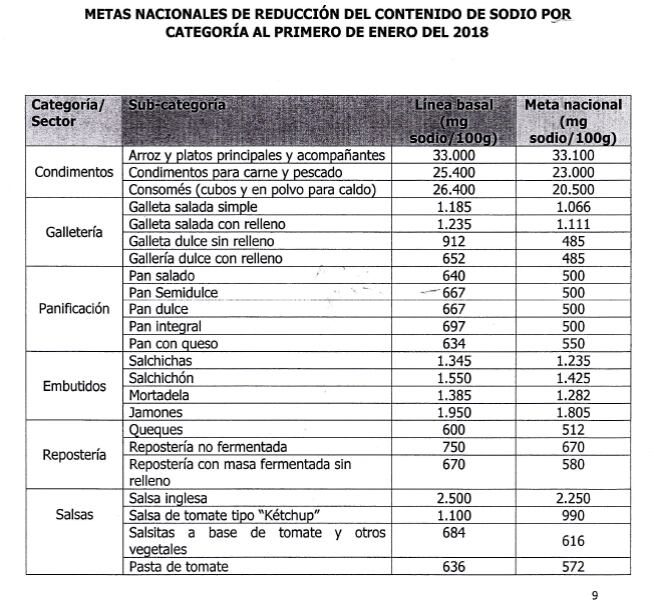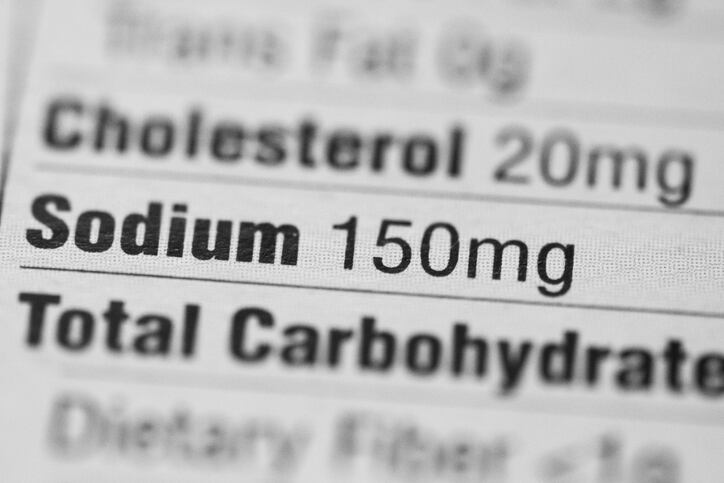Members of the Costa Rican Chamber of the Food Industry (CACIA) signed an agreement with the country's Ministry of Health 2016, establishing voluntary sodium reduction targets in six categories and 23 sub-categories of processed food products.
Last month, researchers from the Costa Rican Institute of Research and Education in Nutrition and Health (INCIENSA) collected information on over 1,000 food products (1,016) on sale in Costa Rican supermarkets. They found that overall compliance with the reduction targets 87%, six points higher than the measurement made in 2015 (81%).
Biscuits had the highest compliance rates, with 95% of products meeting the targets.
The World Health Organization (WHO) recommends consuming less than 5 g of salt ( less than 2g of sodium) per adult per day
Both CACIA and the Ministry also agreed to continue following the same targets for the 2019 – 2022 period.
Monica Elizondo Andrade, head of scientific and regulatory affairs at CACIA, said the results were "very positive".
“The industry recognizes that while [processed food products] we are not the main source of sodium consumption, we can be part of the solution, and we will continue to support the national sodium reduction program," she told FoodNavigator-LATAM. "This is why we have renewed the partnership with the Ministry of Health for two more years."
According to Elizondo, the main source of sodium in the Costa Rican population is table salt, added to food while cooking or at the table. Processed food products account for the remaining 40%.
The current targets include whole bread, which has a target of 500 mg per 100 g product, bouillon cubes and powdered soups have a target of 20.500 mg, for instance. (To see targets for all sub-categories, see table below).

Expanding the categories
Elizondo said: “While it is true that the results monitored by the Ministry of Health were very positive in terms of [reaching] the goal - 87% - it is necessary to continue working with the current products."
Elizondo said the stakeholders would consider expanding the categories to include other products such as fresh cheese or tuna.
Currently, the six categories are condiments, biscuits, bread, sausages and cured meat, pastries and sauces.
The Minister of Health, Daniel Salas, said: "I urge the representatives of CACIA to continue with efforts to reduce sodium in their products as much as possible, but at the same time I ask them to [continue in this direction] with the reduction of sugars and fats."
Salas also called on consumers to check food labels for the salt content and choose products with less salt.
CACIA backs nutrition labeling for Central America
Front-of-pack nutrition labeling is not mandatory in Costa Rica.
However, Elizondo said CACIA was in favor introducing mandatory labeling for the whole Central American region so that consumers can make informed decisions.
She added: “In a totally voluntary way, many of the foods in the supermarket have nutritional information and monochromatic Guideline Daily Amount (GDA) labeling – a system driven by CACIA - to facilitate the reading of the nutritional table related to nutrients of importance to public health such as sodium.”




